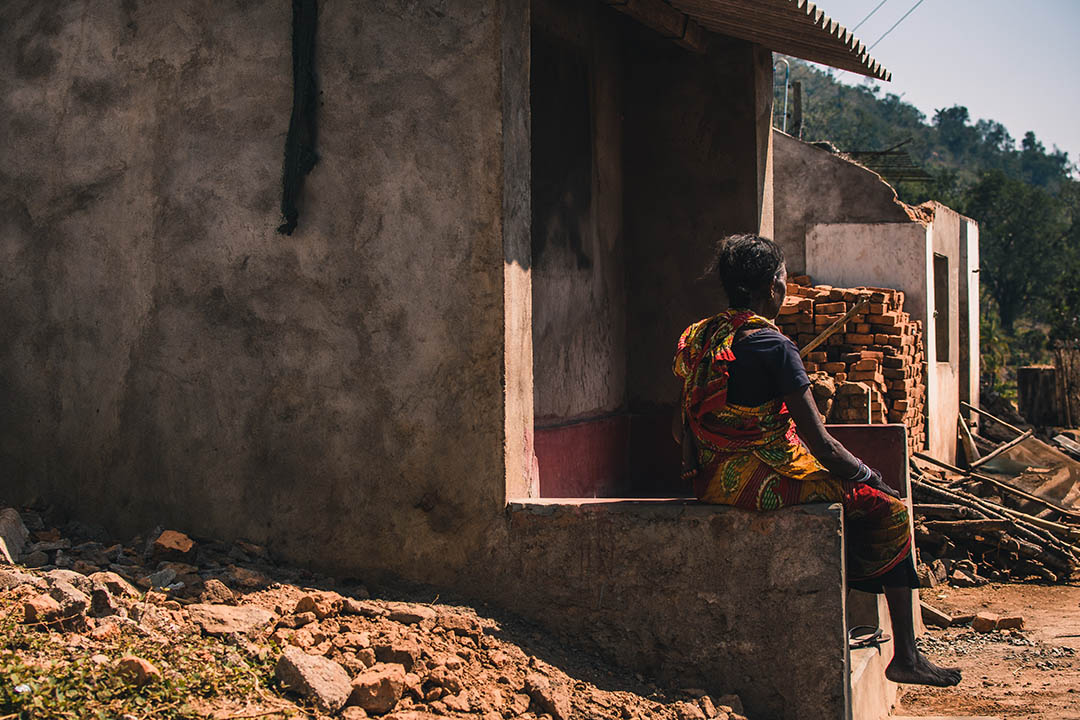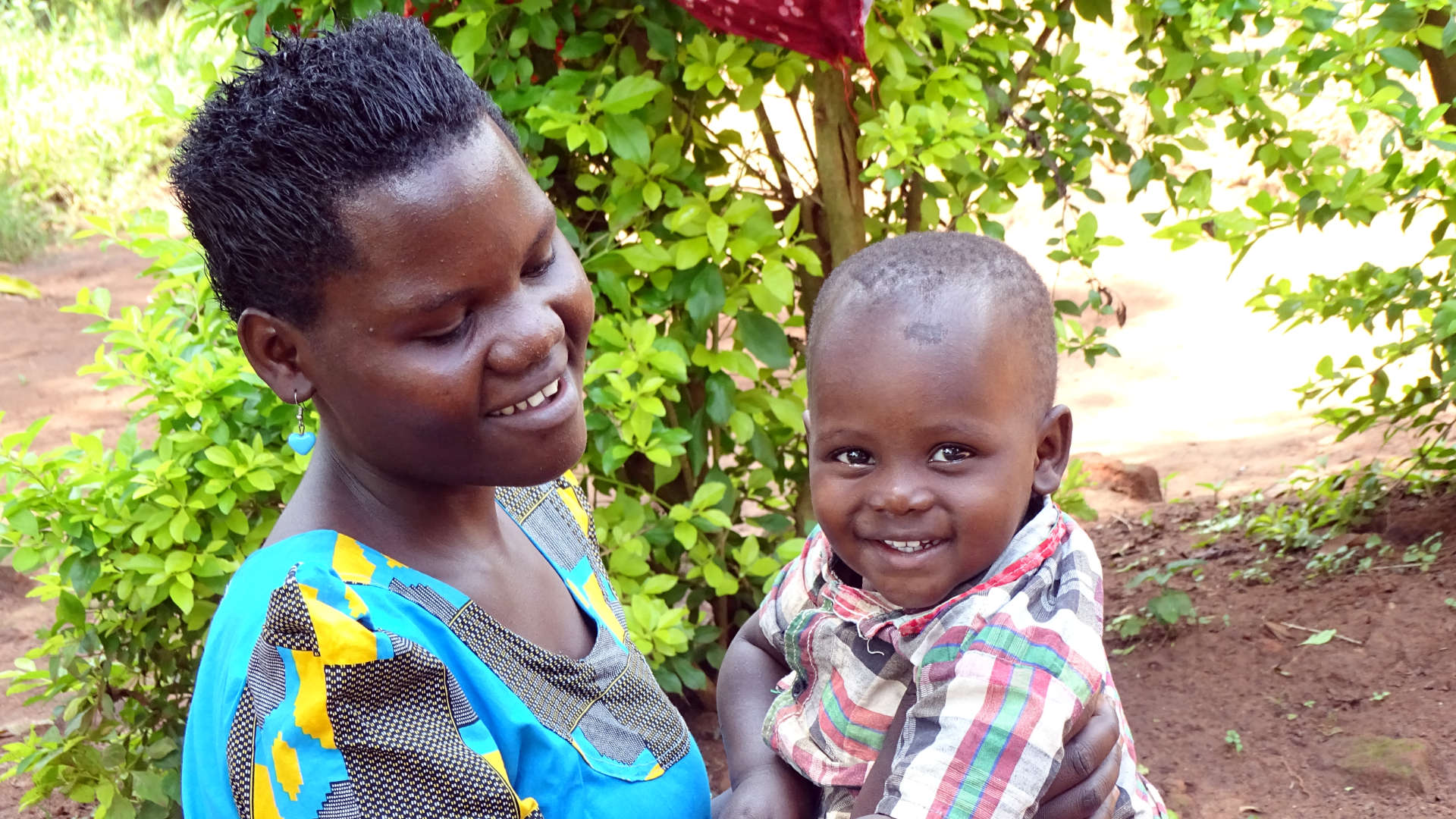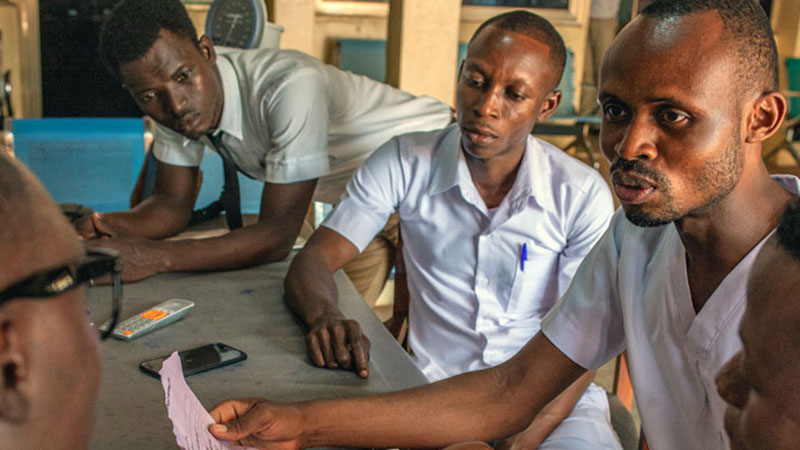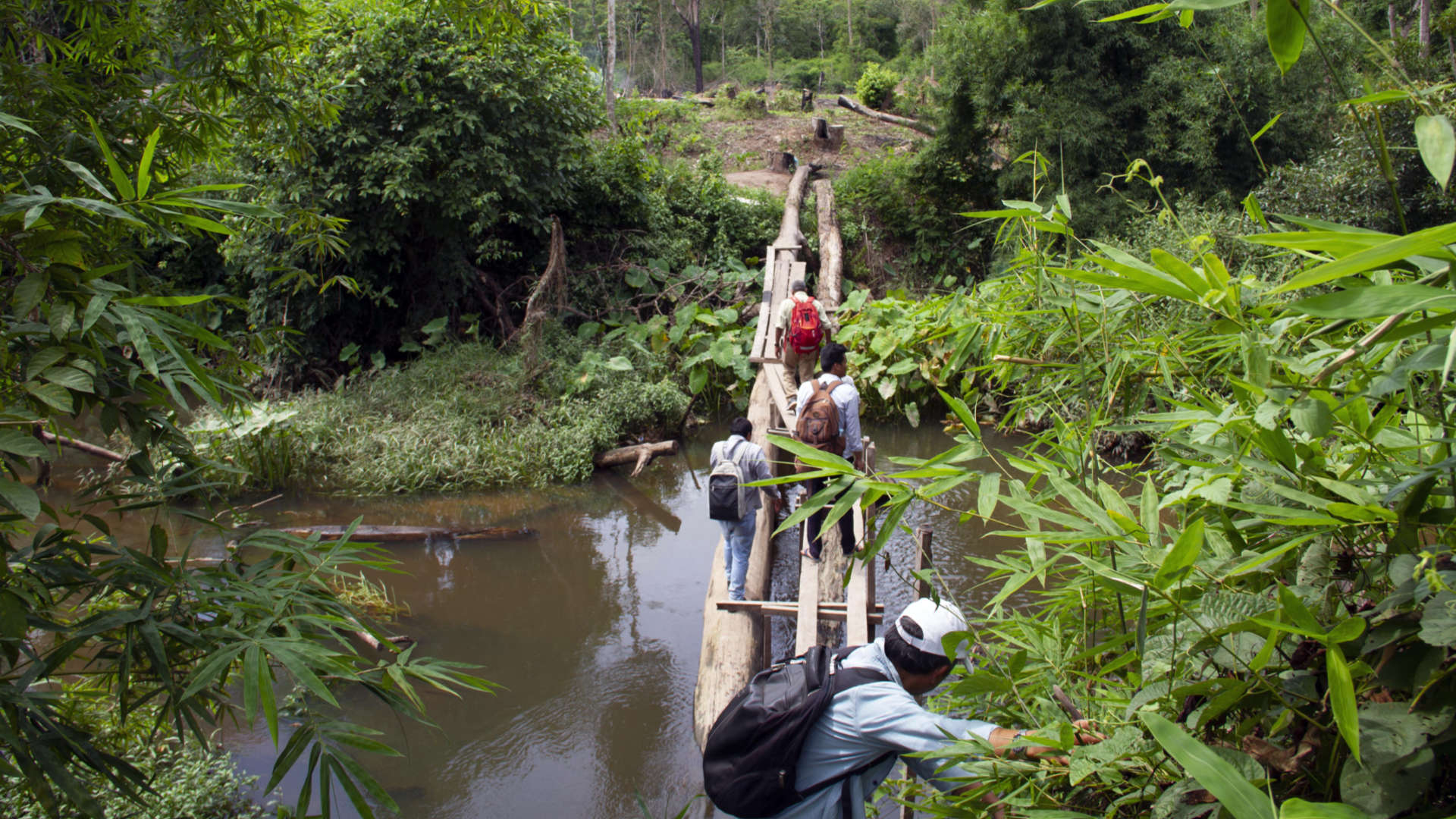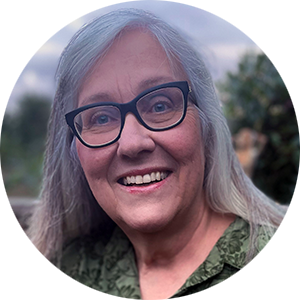
Diana Chamrad, Ph.D.
Senior Technical Advisor, Vulnerable Children and Families, Mental Health
On the International Day for the Elimination of Violence Against Women, we as public health professionals and USAID program implementers are forced to ask ourselves a tough question – are we doing everything we can to prevent and eliminate violence against women?
Violence against women and girls (VAWG) remains pervasive, and grossly underreported globally. Defined as any physical, sexual, or psychological harm against women or girls, it includes:
- Intimate partner violence
- Sexual violence and harassment
- Human trafficking
- Female genital mutilation
- Child marriage
Most VAWG is intimate partner violence – a hidden and isolating experience for countless women and girls globally. Almost one in three women aged 15-49 who have been in a relationship report that they have experienced physical and/or sexual violence by an intimate partner. That statistic does not even include psychological abuse, which is necessarily gaining more attention. Less than 10 percent of survivors of VAWG seek help from police. And 45% of women said either they or someone they know experienced VAWG since the COVID-19 pandemic began, according to a survey by UN Women.
The theme for this year’s International Day for the Elimination of Violence Against Women is UNiTE! Activism to End Violence against Women & Girls to recognize and elevate the role of advocacy and activism from the grassroots up to end gender-based violence.
November 25 also marks the first day of the United Nations Secretary-General’s UNiTE by 2030 to End Violence against Women (UNiTE) campaign – 16 days of activism – ending on International Human Rights Day, December 10. The campaign aims to mobilize all of society to end VAWG. To raise awareness and promote action to end VAWG with a bright optimistic color, the campaign has proclaimed the 25th of each month as “Orange Day.” People are encouraged to wear orange and take action to end VAWG on a monthly basis, rather than just on November 25.
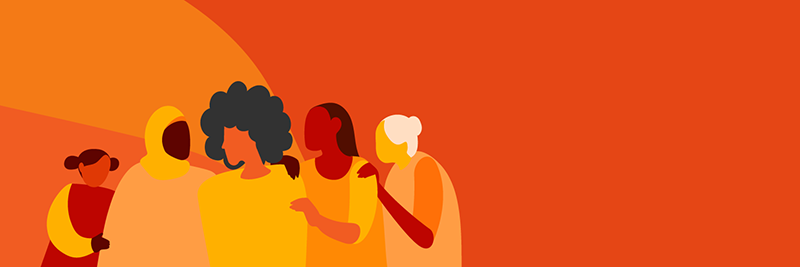
16 Days. 16 Ways.
I challenged myself to think of 16 ways URC works to invest in women and girls and eliminate violence against them. How do we ensure no woman is left behind? Here’s a sampling. URC…
- Embeds gender equity in the design and start-up of projects by developing context-specific Gender Equity and Social Inclusion Workplans that consider determinants and factors impacting gender inequalities for all our projects.
- Improves early detection of VAWG by adapting existing family planning questionnaires at the point of primary care to include HITS (Hurt, Insult, Threaten, and Scream), a screening tool for intimate partner violence in the Philippines through the USAID Bangsamoro Autonomous Region in Muslim Mindanao for Health (BARMMHealth) Project.
- Implemented the DREAMS (Determined, Resilient, Empowered, AIDS-free, Mentored, and Safe) initiative, a public-private partnership to reduce HIV rates among adolescent girls and young women. Members received training on HIV and violence prevention through the Stepping Stones curriculum, and were taught life skills through the USAID Regional Health Integration to Enhance Services in Northern Uganda (RHITES-N, Acholi) Activity.
- Encourages and actively elevates women into positions of influence and power to transform gender norms in all projects.
- Ensures national data collection is gender-disaggregated for all our projects.
- Has supported religious leaders to introduce decrees or rulings against VAWG in the Philippines through BARMMHealth.
- Integrates mental health support, referral, and follow-up guidance for victims on a global scale under the USAID Health Evaluation and Applied Research Development (HEARD).
- Educates health providers on GBV identification and referral through the World Health Organization LIVES (Listen, Inquire, Validate, Enhance Safety and Support) approach in Uganda through the RHITES-N, Acholi Activity.
- Revisits national and subnational level policies and strategies in support of gender-inclusive approaches in all our projects.
- Targets men and boys with social and behavior change (SBC) communication campaigns on healthy masculinity, gender-equitable relationships, and respectful relations to change gender norms and practices in the Philippines through BARMMHealth.
- Addresses gender-specific needs of women in recovery from drug use through targeted, community-based aftercare programs. Topics covered include life skills training to help build protective factors against GBV through the USAID RenewHealth Project in the Philippines.
- Leads global thought leadership and dialogue on violence against women through the USAID HEARD Project.
- Promotes women’s full participation in civil society across all projects.
- Raises social awareness of VAWG through information, education, and communication campaigns, including community-based sessions on forced marriage and denial of opportunity for women and girls, and school-based sessions for youth on physical and sexual aggression and GBV through USAID Keneya Nieta in Mali.
- Integrates lessons learned from global dialogue on violence against women to improve our programs – and those of partners – through the USAID HEARD Project.
- Conducts community outreach, working with partners and local governments to amplify and streamline SBC messaging to prevent VAWG in Uganda through the USAID RHITES-N, Acholi Activity.
16 days. 16 ways. It’s a start. Let’s all do more.
